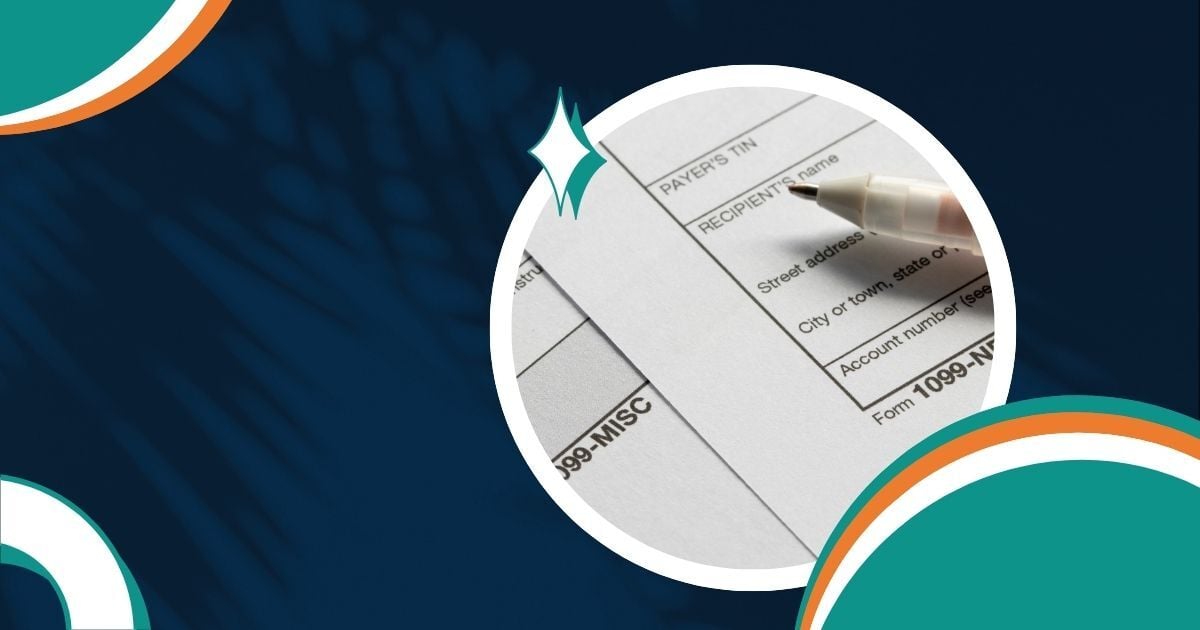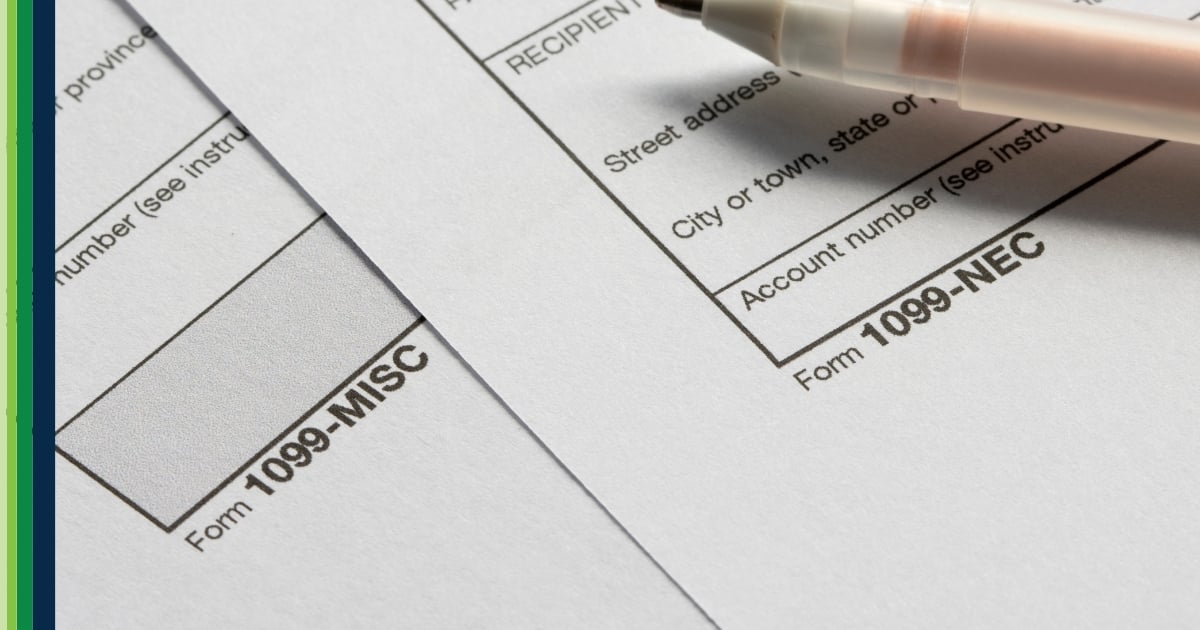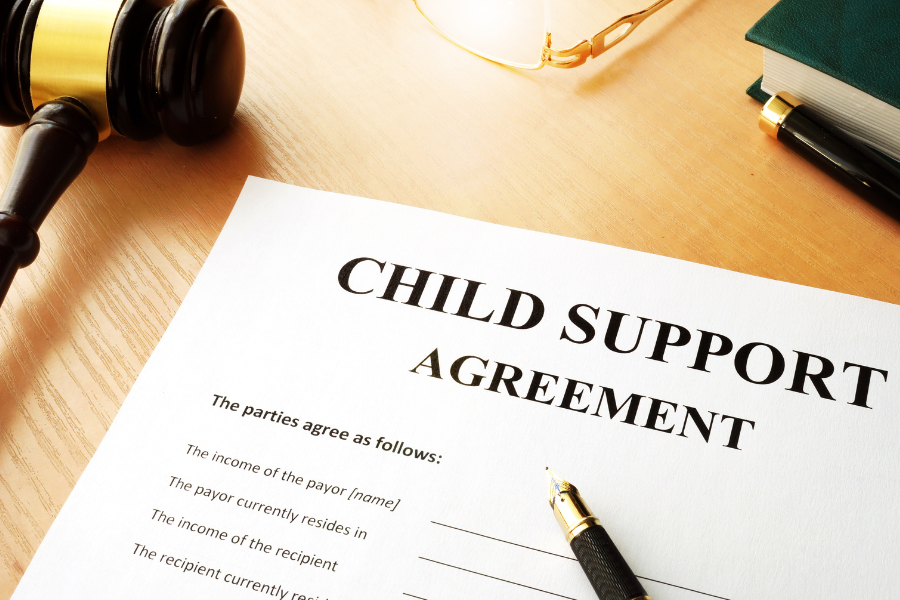Table of Contents
The mention of wage garnishments frequently brings to mind child support, given its position as the most prevalent form of wage garnishment. However, understanding the nuanced intricacies and continuous evolution of these financial obligations is pivotal to maintaining your organization's compliance. Furthermore, it fosters the financial health of your employees and their families, a crucial aspect in sustaining an empathetic and responsible work environment.
Child Support and Its Importance
Child support is a legal obligation that ensures children receive financial assistance from both parents. It is designed to cover a child's basic needs, including shelter, food, clothing, education, and medical expenses. Child support ensures that children can maintain a decent quality of life and grow up with the resources they require to thrive. To ensure payments are made, the non-custodial parent may elect to or be mandated to withhold garnishments from their paycheck.
What are Wage Garnishments?
When processing an employee's paycheck, various optional withholdings, such as health, vision, dental, and other elected benefits, are deducted from their compensation. Additionally, certain mandatory deductions are legally required, including Federal, state, and local taxes, Social Security, Medicare, Unemployment insurance taxes, contributions to state employee retirement systems as mandated by law, and any applicable garnishments.
The US Department of Labor describes wage garnishments as a legal procedure in which a person's earnings are required by court order to be withheld by an employer for the payment of a debt. Employers are obligated to comply with wage garnishment orders and redirect the specified amount from the employee's paycheck to the designated recipient, typically the creditor.
Common Types of Garnishments
- Creditor Garnishments: These occur when a creditor obtains a court order to collect unpaid debts directly from an employee's wages.
- Tax Garnishments: If an individual owes taxes to the government and fails to settle the debt, the taxing authority may implement a wage garnishment to recover the owed amount.
- Child Support Garnishments: Courts can order wage garnishments to enforce child support payments, ensuring financial support for the child from a non-custodial parent.
Child Support Enforcement
When a non-custodial parent fails to meet their child support obligations voluntarily, the custodial parent can seek enforcement through various legal means. One of the most effective methods is through payroll deductions so the court may issue a child support garnishment order. The employer will be required to withhold a certain portion of the non-custodial parent's wages.
The CCPA protects employees from discharge by their employers because their wages have been garnished for any one debt like child support, and it limits the amount of an individual's earnings that may be garnished in any one week for certain types of debts. However, this does not protect an employee from discharge if the employee's earnings are subject to multiple garnishments.
To ensure the employees still receive compensation, the CCPA limits the amount of earnings that may be garnished in any workweek or pay period for child support. First, the disposable income must be calculated: Disposable include= Gross pay – Mandatory Deductions. Once this amount is determined, then the Allowable disposable income is determined: Allowable Disposable Income= disposable income x CCPA % limit
The withholding limits set by the federal CCPA are:
- 50 percent - Supports a second family with no arrearage or less than 12 weeks in arrears
- 55 percent - Supports a second family and more than 12 weeks in arrears
- 60 percent - Single with no arrearage or less than 12 weeks in arrears
- 65 percent - Single and more than 12 weeks in arrears
If an employee receives multiple Income Withholding Orders (IWO) for the same child, the Office of Child Support Services instructs your payroll team to follow these steps:
- Continue to honor the first order received.
- Give a copy of the second order to your employee.
- Contact the agency, court, or party that sent the second withholding order to say that you are already sending current support payments for the same child to another jurisdiction. Provide payment information, such as the amount of the withholding and where the withholding is being sent.
- Contact the agency, court, or party that sent the first withholding order and inform them of the second order.
Child support payments can be tricky if an employee has multiple children or must pay support for children located in a different state. If you receive multiple IWO or an IWO from a different state, be sure to follow the state laws for the allocation of funds.
You’re Not Alone, Greenshades is Here to Help
Wage garnishments and child support are essential components of the legal and financial systems, ensuring that debts are repaid, and children receive the financial support they deserve. By understanding the garnishment process, both employers and employees can work towards maintaining a stable and secure financial future for themselves and their families.
Having a strong payroll provider such as Greenshades by your side can help guide you through the intricate world of garnishments by keeping payments on schedule, helping your team stay compliant, and ensuring your employee's paycheck is always accurate and on time. With Greenshades, manage child support ACH Debit, so your team can electronically remit child support payments and offer an alternative to preparing checks and remittance documents.
For more information on Greenshades’ garnishment process contact us today to explore how our payroll software can provide the support and compliance expertise necessary for the success of your business.


























